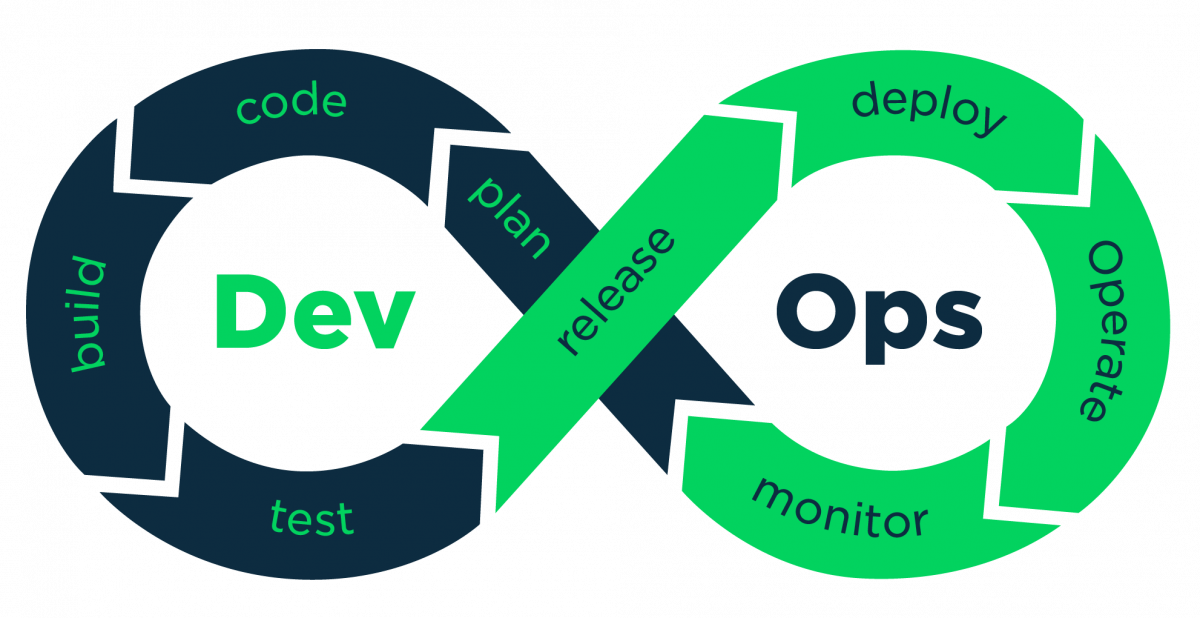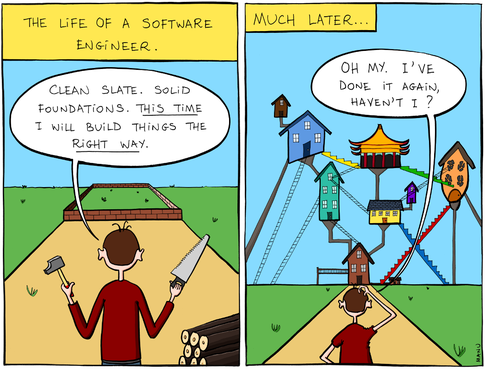As one of the latest catchwords in the world of software, DevOps is a term that has been growing in popularity over the last decade. Is it yet another meaningless jargon which will fade away when the fashion wears off (Blu Ray discs, are you listening?!). Or is it something really useful, practical, helpful and here to stay for generations to come?
To understand what DevOps is, how it works and how it helps the people who use it, we sat down with software developer Dave and operations manager Oprah to understand how they use DevOps in their company, FutureSoft Solutions. Continue reading “Understanding DevOps: An interview with two practitioners”


